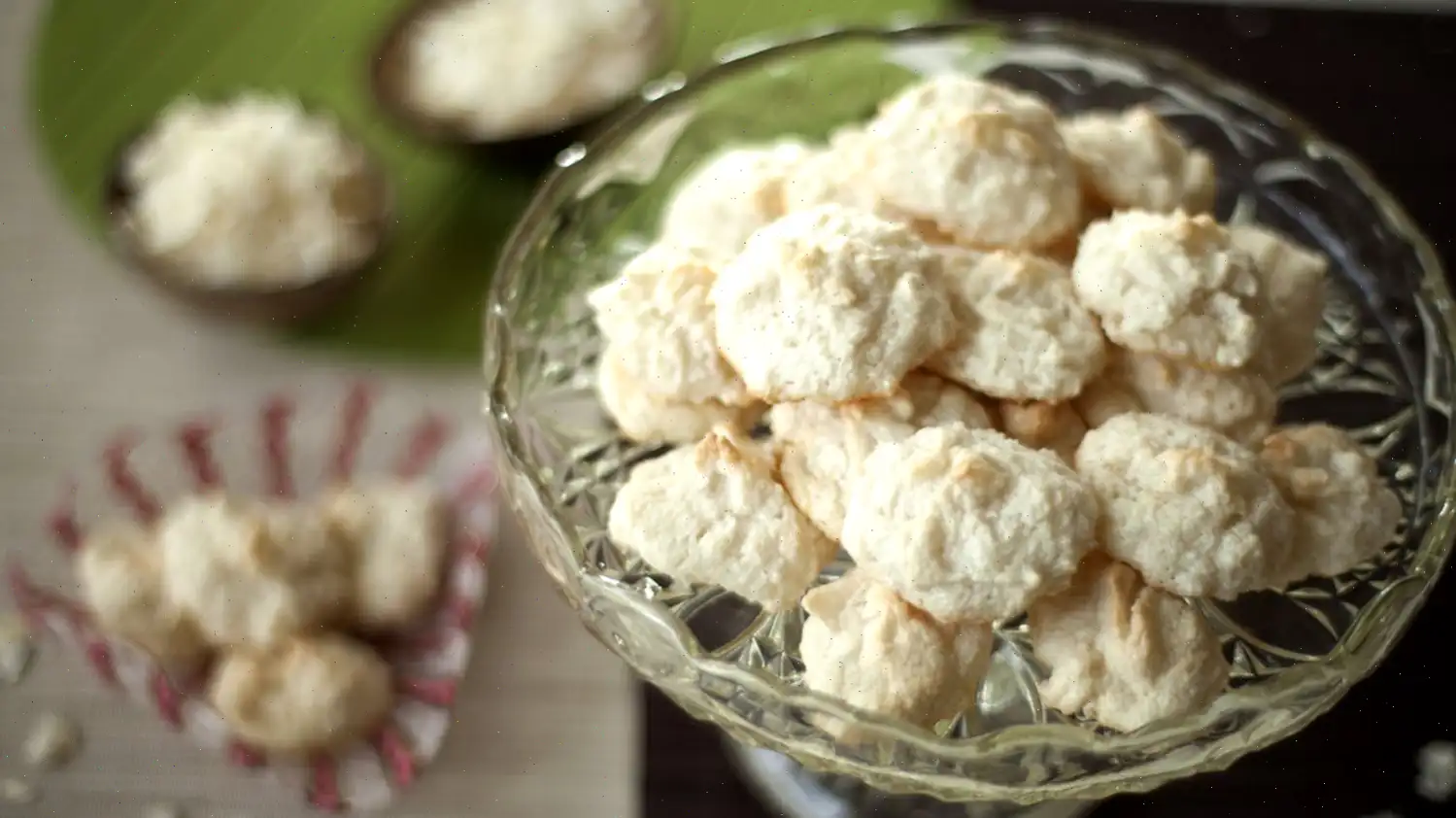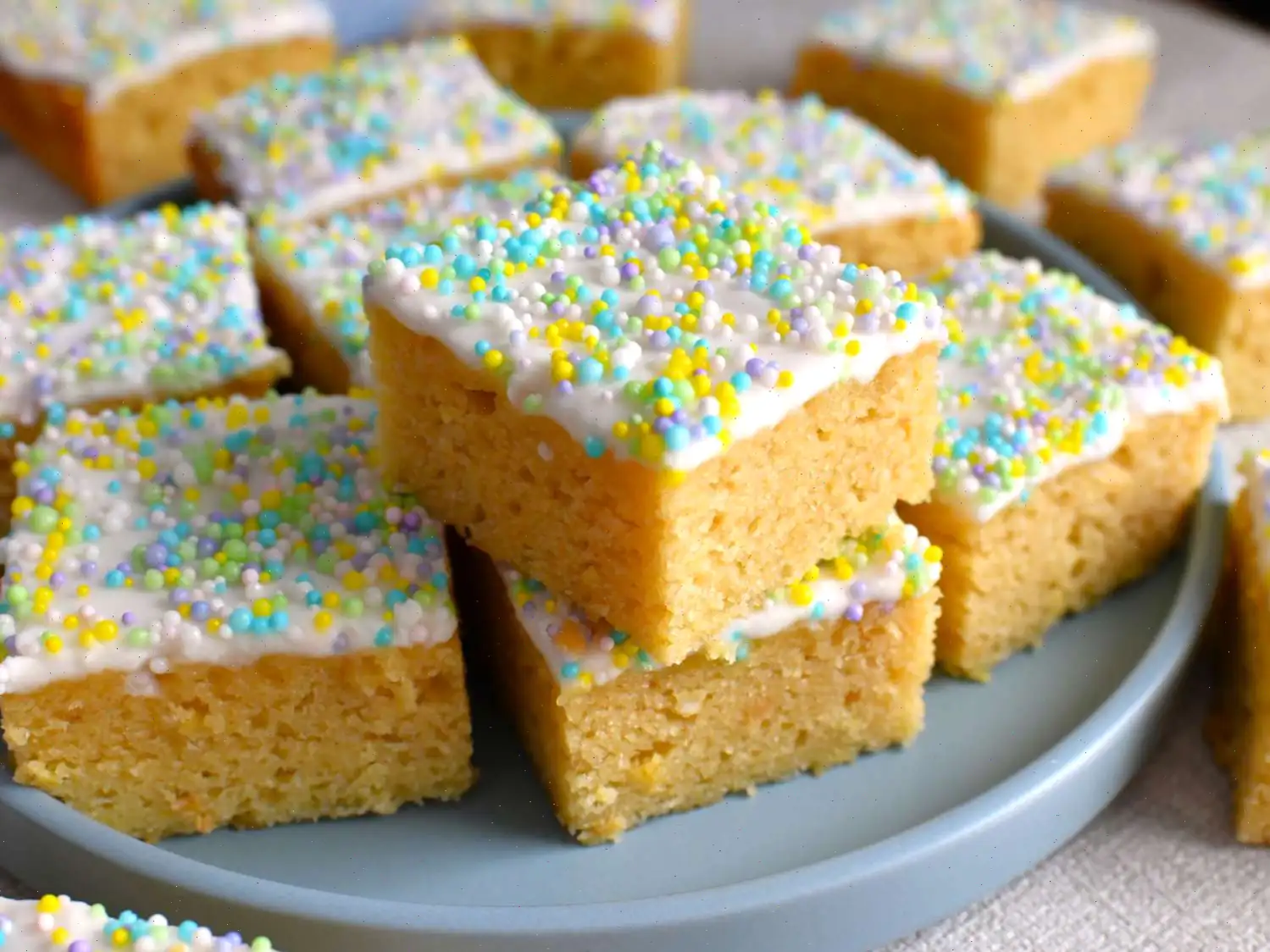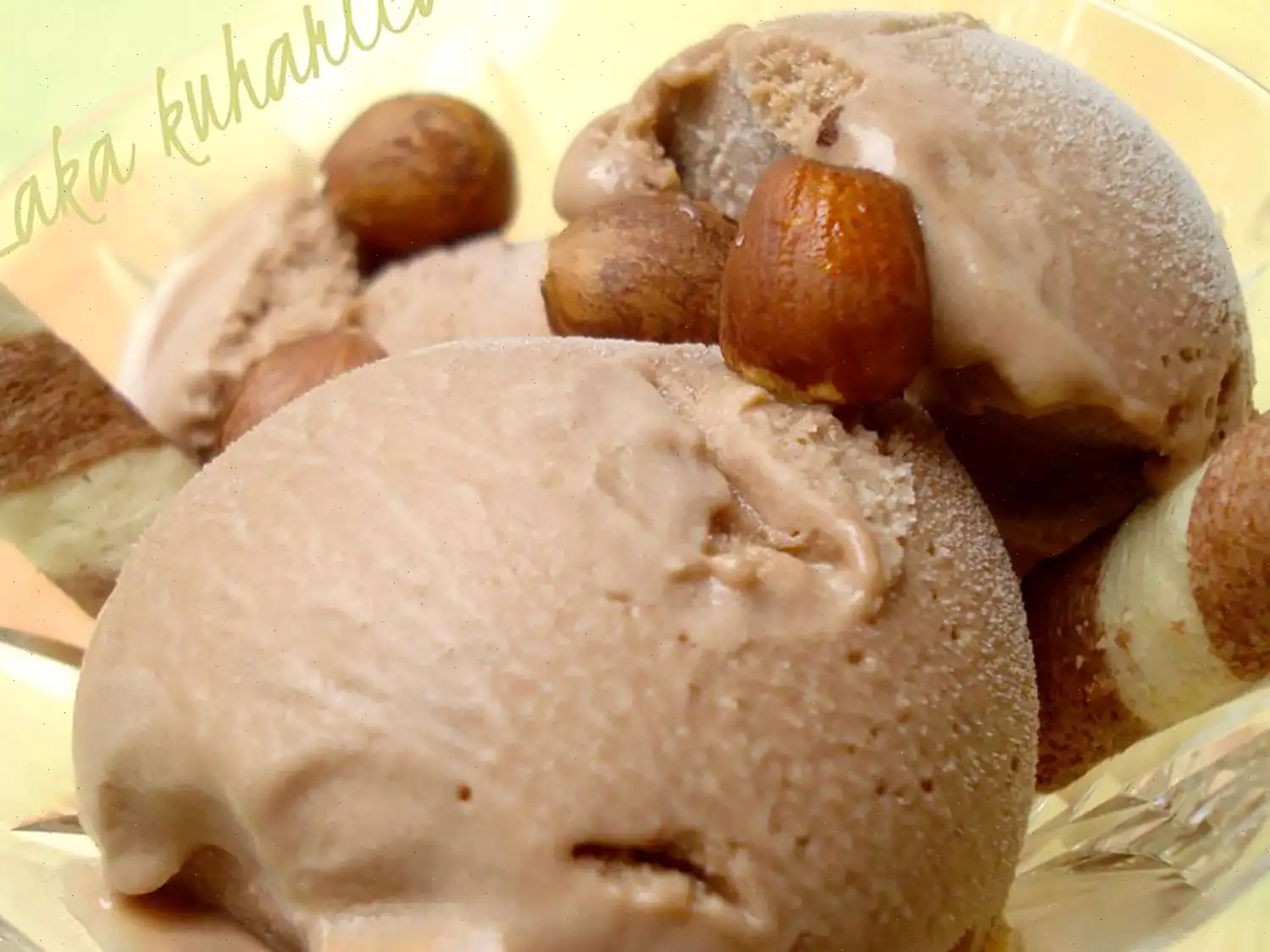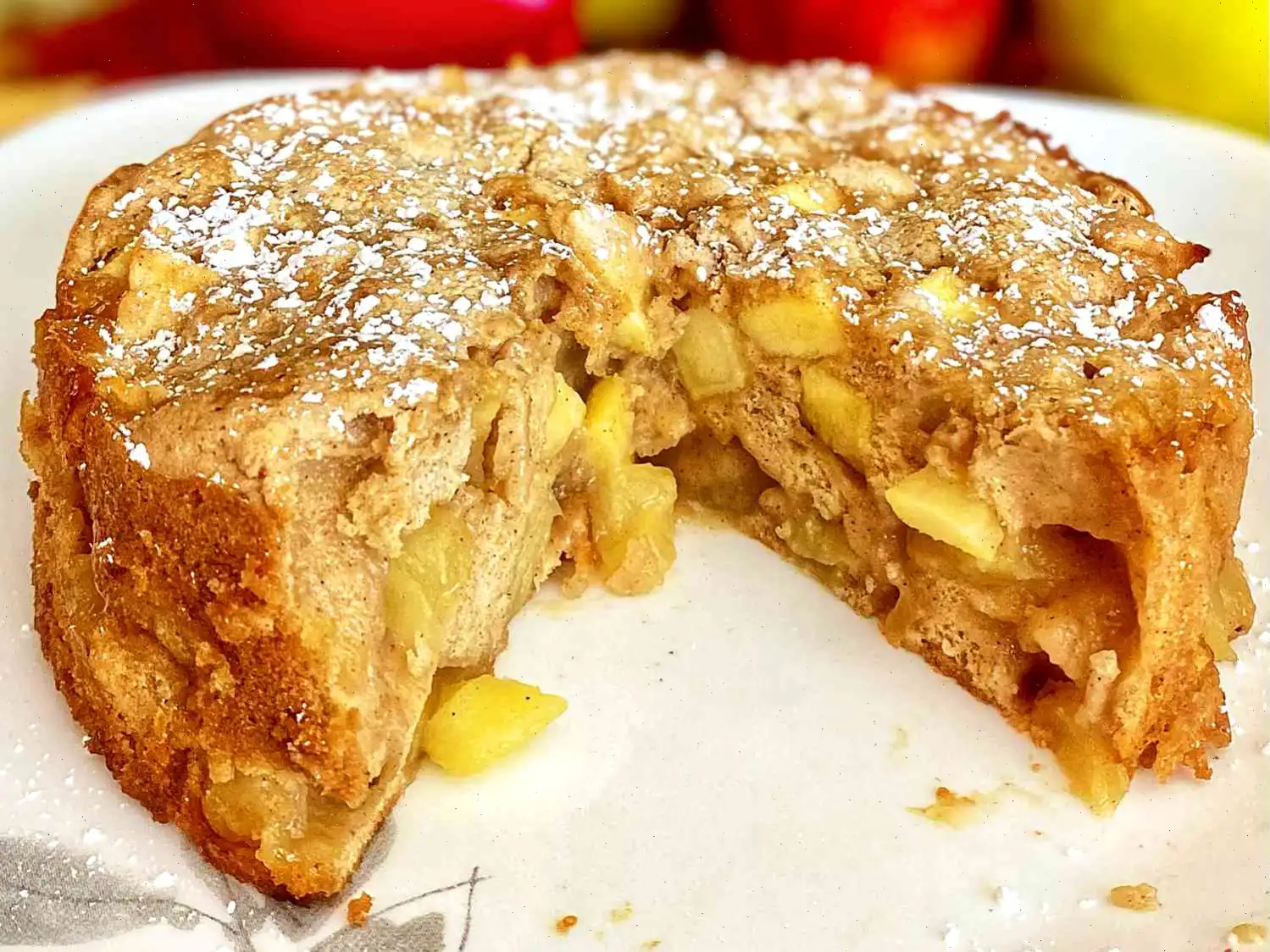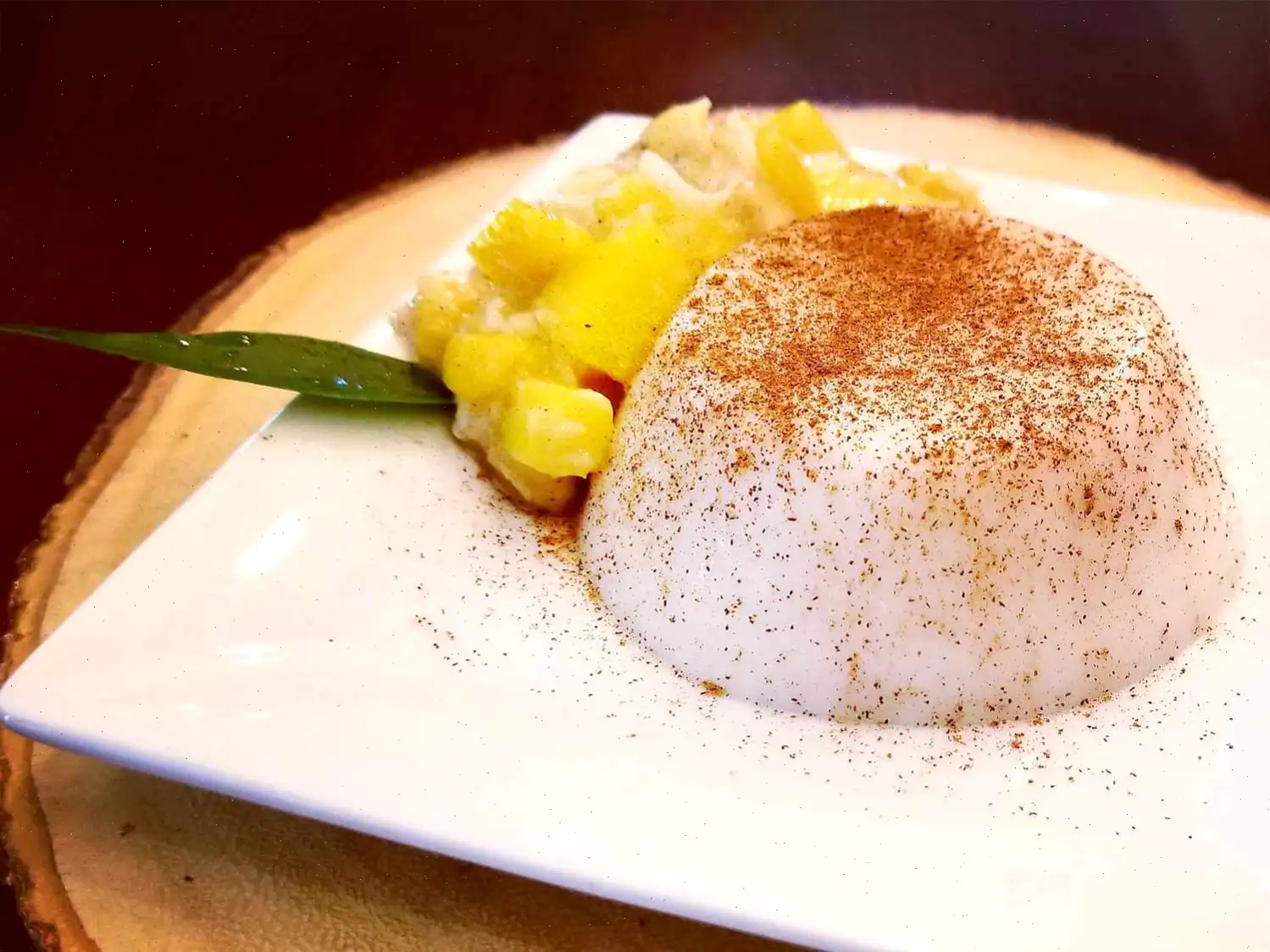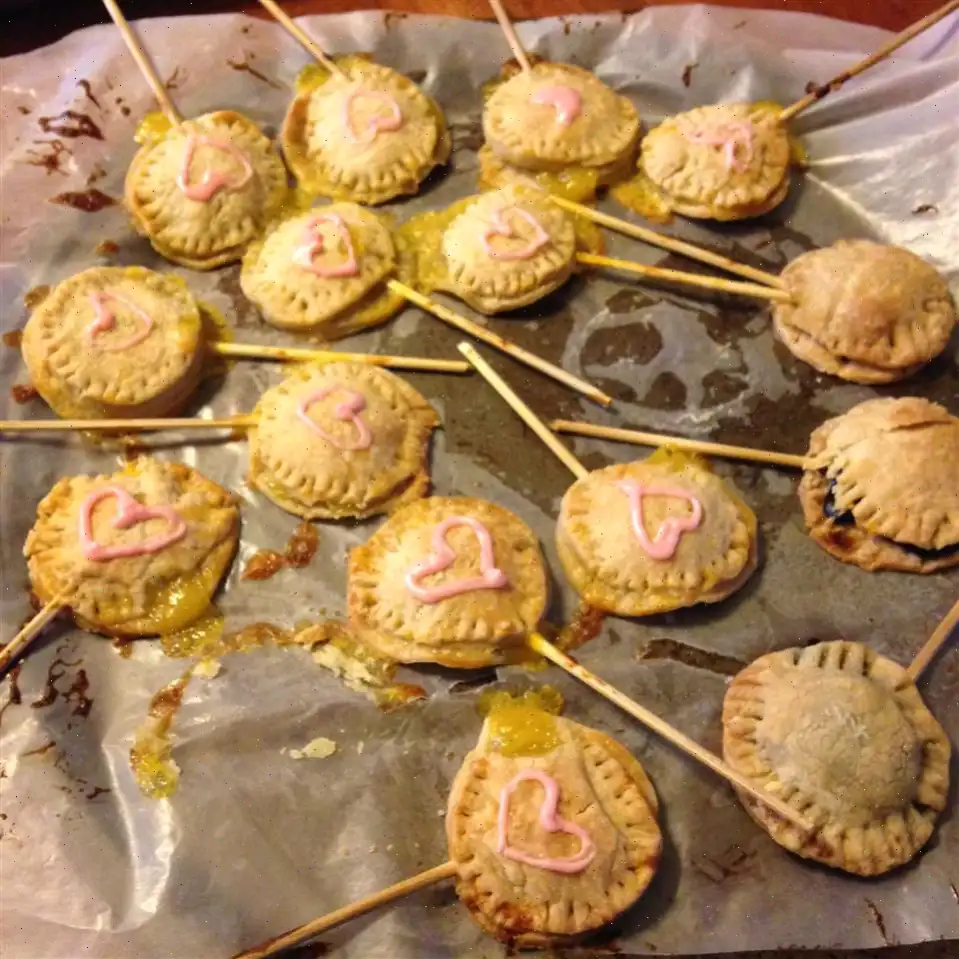
Easy Three-Ingredient Gluten-Free German Christmas Coconut Cookies Recipe
Ingredients
This recipe was developed at its original yield. Ingredient amounts are automatically adjusted, but cooking times and steps remain unchanged. Note that not all recipes scale perfectly.
- 4 egg whites
- 1 cup white sugar
- 2 cups unsweetened coconut flakes
Directions
Follow these simple steps to make the perfect coconut macaroons:
- Preheat your oven to 300F (150C) and line two baking sheets with parchment paper.
- In a glass, metal, or ceramic bowl, beat the egg whites until stiff peaks form.
- Gradually add the sugar, one tablespoon at a time, while continuing to beat the mixture until it thickens and becomes glossy.
- Gently fold in the coconut flakes using a spatula until the mixture is well combined.
- Using two teaspoons, place small mounds of the coconut mixture onto the prepared baking sheets, leaving about 2 inches between each mound.
- Bake in the preheated oven for 15 to 20 minutes, or until the macaroons are lightly browned. The baking time will depend on the size of the mounds.
- Allow the macaroons to cool on the baking sheets for a few minutes. Then, carefully transfer them onto a wire rack to cool completely.
Cook's Note:
In Germany, Kokosmakronen are traditionally baked on edible "Back Oblaten" (very thin round wafer paper), which can be ordered online. However, you can also bake them directly on parchment paper if you prefer.
Nutrition Facts (per serving)
| Nutrition | Per Serving |
|---|---|
| Calories | 46 |
| Total Fat | 3g |
| Saturated Fat | 2g |
| Sodium | 7mg |
| Total Carbohydrates | 5g |
| Dietary Fiber | 1g |
| Total Sugars | 5g |
| Protein | 1g |
| Vitamin C | 0mg |
| Calcium | 1mg |
| Iron | 0mg |
| Potassium | 27mg |
Note: Percent Daily Values are based on a 2,000 calorie diet. Your daily values may be higher or lower depending on your calorie needs.

Origin and History
The origins of these simple coconut cookies, known as Kokosmakronen, trace back to Germany, where they are a popular treat during the holiday season. The cookies have been a part of German Christmas traditions for centuries, loved for their delightful texture and the fact that they are naturally gluten-free. Kokosmakronen are typically baked to celebrate Advent and Christmas, filling homes with their sweet aroma. Although the ingredients and preparation have evolved over time, the essential componentscoconut, sugar, and egg whiteshave remained consistent, making these cookies a timeless classic.
Regional Variations
While Kokosmakronen are enjoyed throughout Germany, regional variations do exist. In certain parts of the country, they are baked with an added hint of lemon zest, vanilla, or chocolate chips to give them a unique flavor twist. In other areas, the cookies may be served on a thin edible wafer known as "Back Oblaten," a tradition that ensures a delicate texture and prevents sticking during baking. These cookies are also sometimes dipped in melted chocolate to add a rich contrast to their sweet coconut flavor.
Differences from Similar Desserts
Although Kokosmakronen may resemble other coconut-based treats like macaroons or meringues, they differ in both texture and preparation. Unlike traditional American coconut macaroons, which are often made with sweetened condensed milk, Kokosmakronen are typically lighter and fluffier due to the whipped egg whites. The absence of flour and the use of unsweetened coconut flakes distinguish them from other coconut desserts as well. Additionally, while both macaroons and Kokosmakronen may be baked until golden brown, Kokosmakronen have a more delicate, chewy interior, creating a wonderful contrast with their crisp outer layer.
Where Are They Typically Served?
Kokosmakronen are most commonly served during the Christmas season in Germany, but their popularity extends beyond the holiday. These cookies are often found at Christmas markets (Weihnachtsmrkte) alongside other traditional treats like Lebkuchen (gingerbread cookies) and Stollen (fruit bread). They are also a favorite gift during the holiday season, carefully wrapped and shared with family and friends. Outside of Germany, these cookies are enjoyed by many who appreciate the simplicity of the ingredients and the ease with which they can be made. They are especially popular in homes with gluten-free dietary restrictions, as they are naturally free from gluten.
Interesting Facts
- The traditional German name "Kokosmakronen" is derived from the word "Macron," referring to a meringue-like texture, and "Kokos," meaning coconut.
- Many bakers in Germany still use the "Back Oblaten" (edible wafer) when making these cookies. This practice not only prevents sticking but also gives the cookies a special visual appeal.
- In the 19th century, coconut was considered a luxury ingredient, and it wasn't until the 20th century that it became widely accessible and affordable to bake with.
- The use of egg whites in Kokosmakronen provides a light and airy texture, making them similar to meringue-based cookies from other parts of Europe, like the French "meringues." However, the coconut flakes provide a distinct flavor and chewiness that sets them apart.
Whether you're making them for a holiday gathering, a special occasion, or just to enjoy a simple, delicious treat, these German coconut cookies offer a taste of festive tradition and culinary simplicity.


